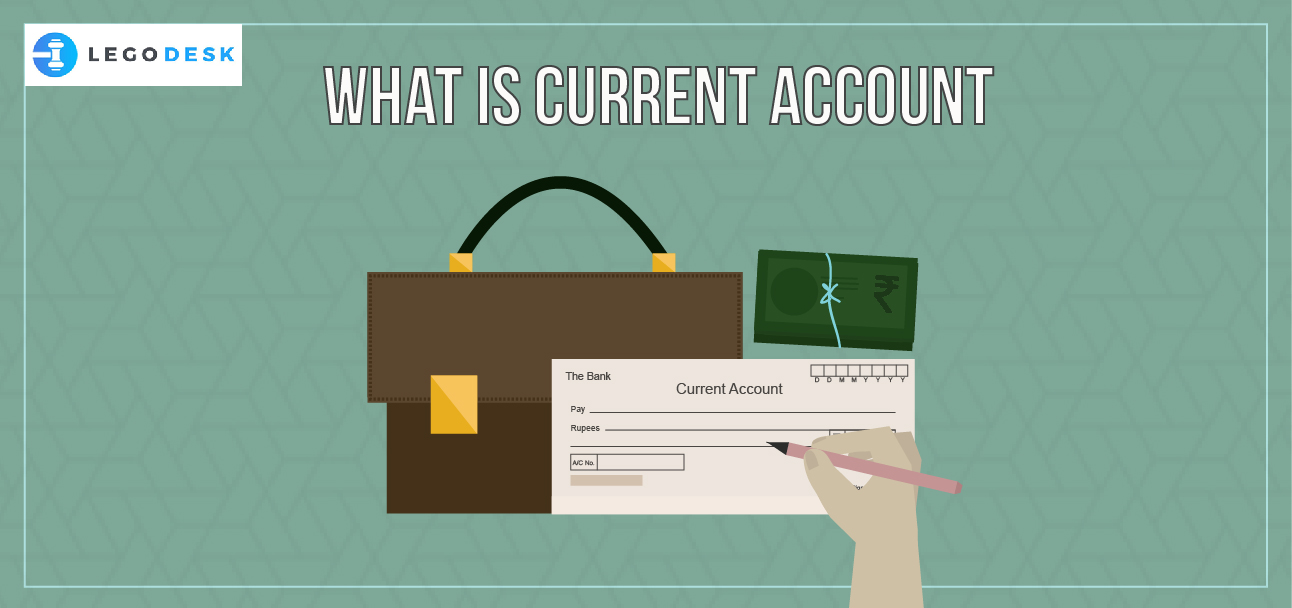
A current account is a bank account which provides services such as receiving benefits payment (like salary, pension etc). The current account is provided by commercial banks. Usually, interest is not provided by most of the banks on the amount in a current account. With the help of a current account, businessmen can do transactions more smoothly. If a certain minimum amount is not kept in a current account, a penalty is charged. It does not promote the concept of saving money for future purposes, but it is preferred for those who have to perform banking transactions frequently.
Here are some advantages of having a current account
- A current account is beneficial for those who have to perform a large number of banking transactions, like businessmen, firms, private and public companies. It helps them perform transactions promptly.
- Subject to banking cash transaction tax, if any, cash can be withdrawn from the current account without any limit.
- A current account is opened in the home branch of the bank, however, the account holder can deposit from any other branch of the bank by paying an applicable nominal charge.
- Current account holders can make direct payments by issuing cheques, demand drafts, etc.
- The current account enables the bank to collect money on behalf of the customer and credit the same in the customer’s current account.
- Services like internet banking and mobile banking help the account holder to carry out transactions with ease.
- Overdraft facility (short term borrowing).
- Money can be withdrawn or deposited at any location.
Disadvantages of having a current account
- A limited amount of funds can be withdrawn by current account holders in a day.
- The rate of interest provided on a current account is very low..
- Huge fees for corporate business transactions.
- Services are offered at additional costs, therefore increased overall operational burden.
- Lengthy paperwork
What is a savings account?
A savings account is a deposit account which also provides interest on the amount that has been deposited. Cash can be withdrawn from a savings account only limited times in a month. Some banks may charge fees if a certain minimum balance is not maintained in the account. Savings account are generally opened for the purpose of keeping the money that is not intended to be used for daily expenses. It allows you to save money for a long period of time.
Read Also: Here is everything you need to know about PPF Account
Difference between a current account and a savings account
- A savings account allows limited transactions, while current account allows multiple transactions.
- A savings account is suitable for salaried employees, who receive income on a monthly basis. but the current account is suitable for traders, entrepreneurs, etc who have to operate their account frequently.
- In a savings account, the minimum balance required to maintain the account is quite low, but in current accounts, it is more.
- A savings account is an interest-bearing deposit account but the current account is not an interest-bearing deposit account.
- A savings account does not offer overdraft facility but current account provides overdraft facility.
- A savings account provides ATM and debit cards for easy access to cash withdrawals. But is the payment has to be carried out with cheque only, a current account will be the best option in such a situation?
Conclusion
Savings account and Current account both have their own benefits and uses. A person should choose the account based on his needs. Sometimes these accounts can be best used together.

